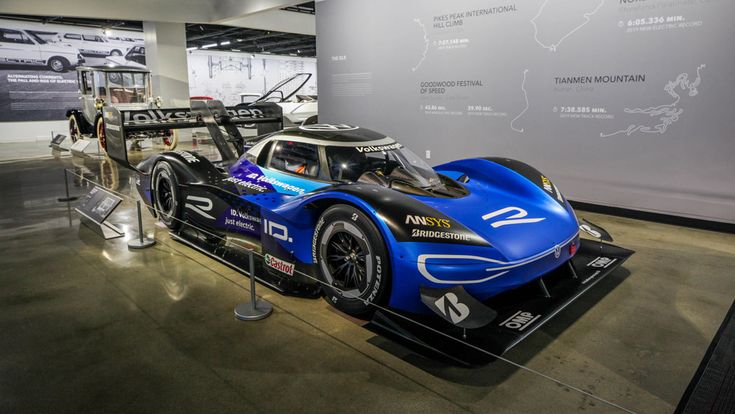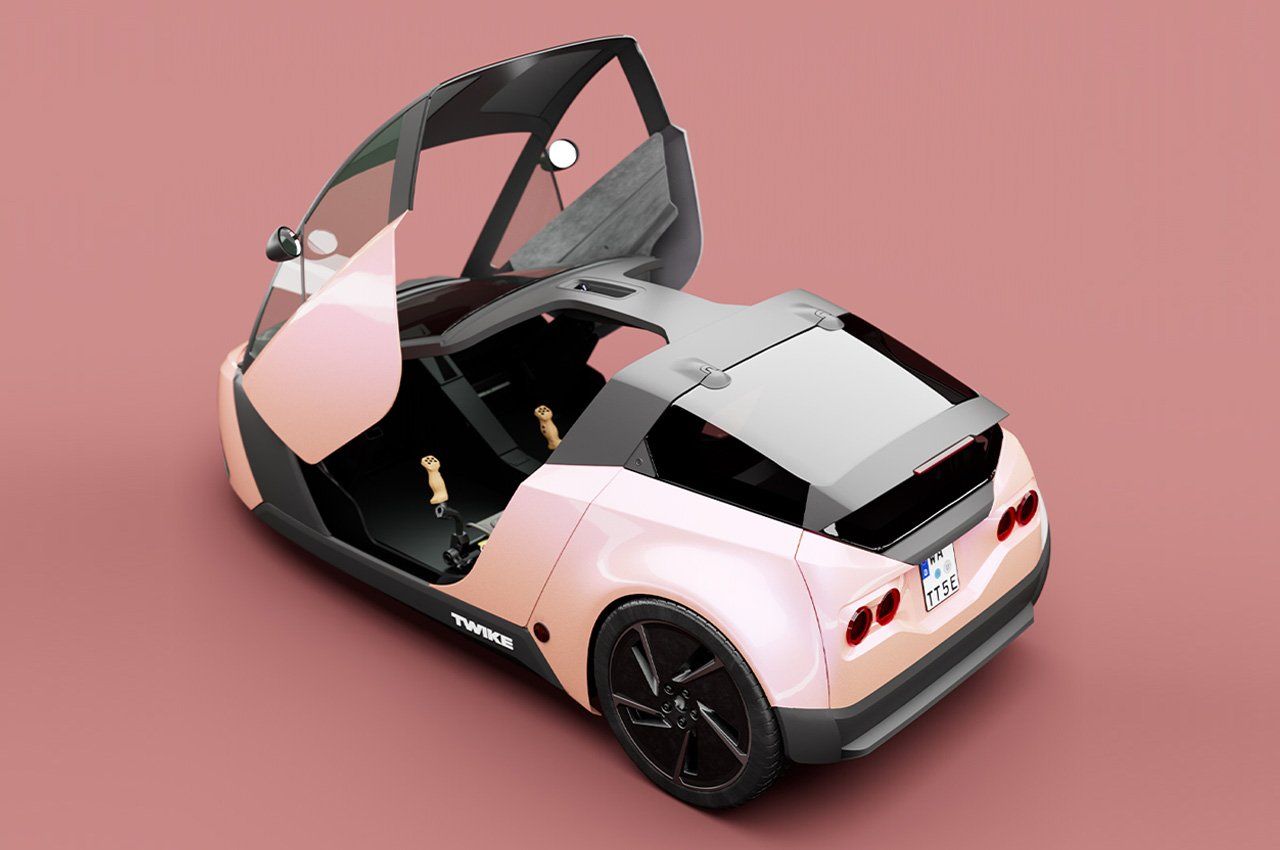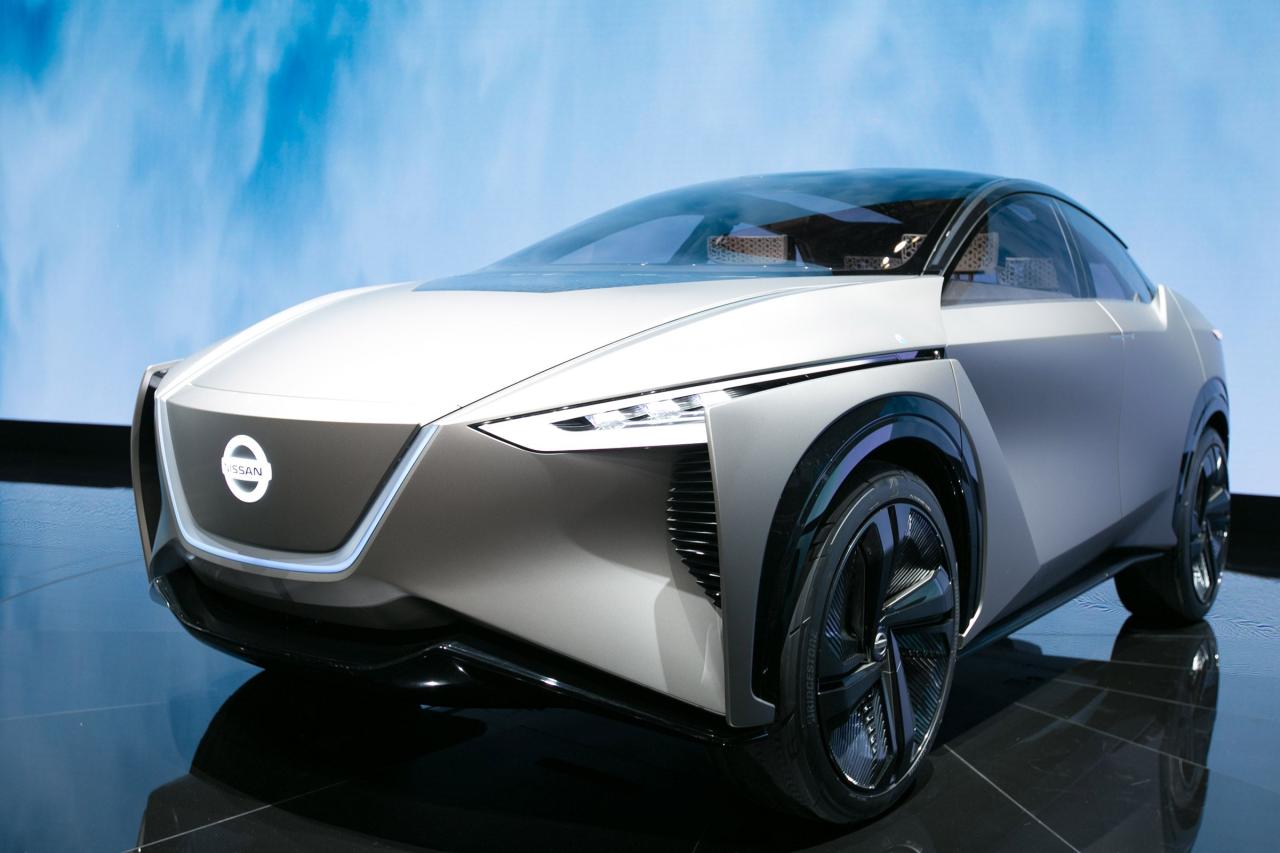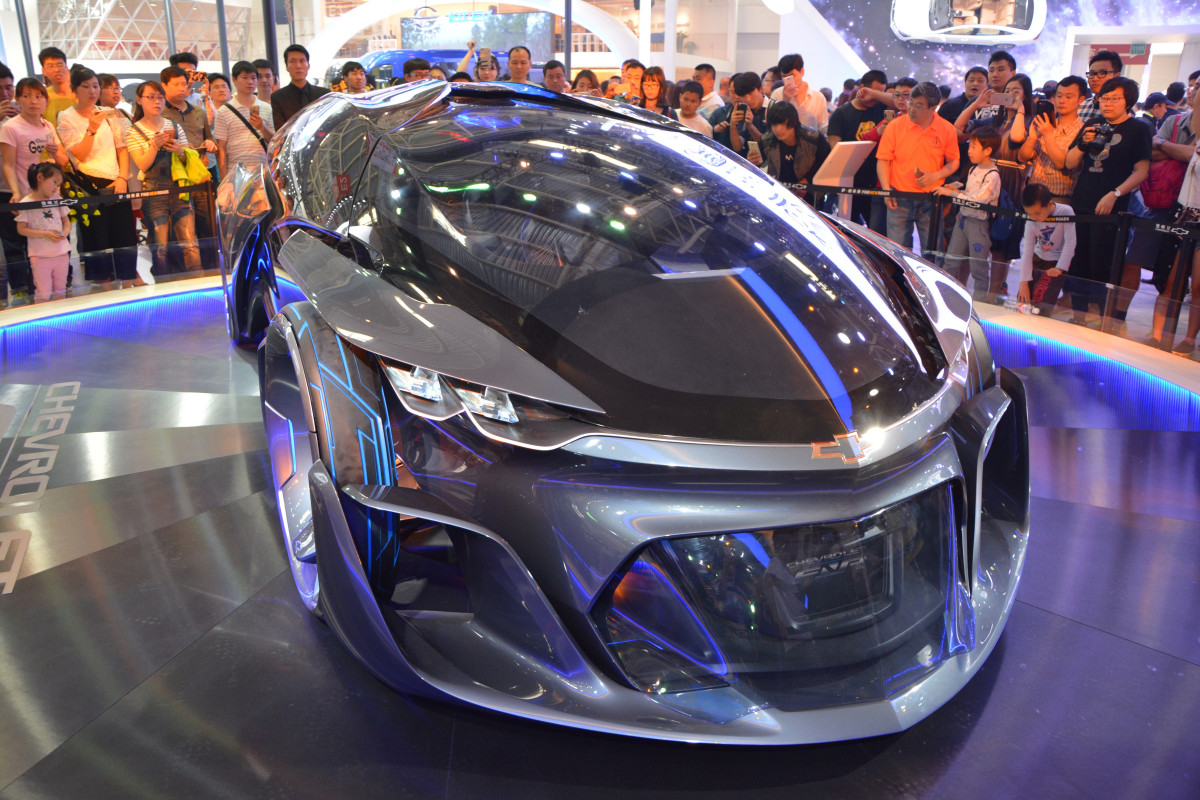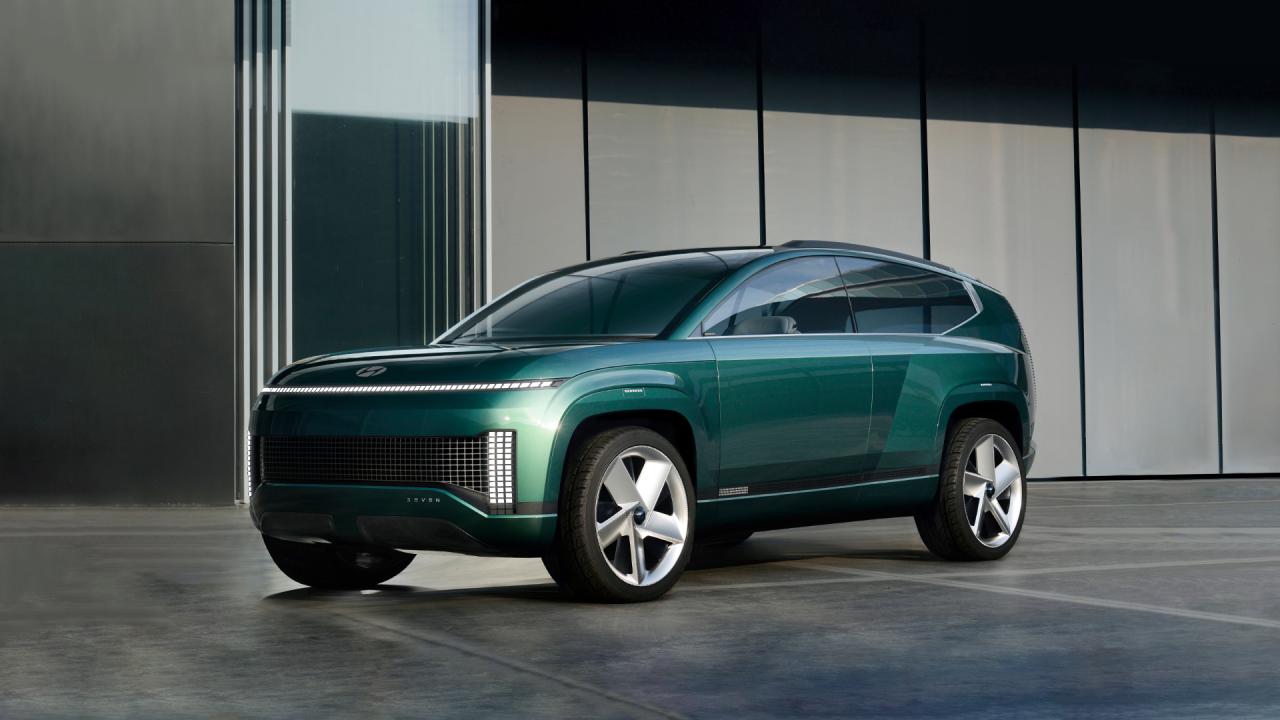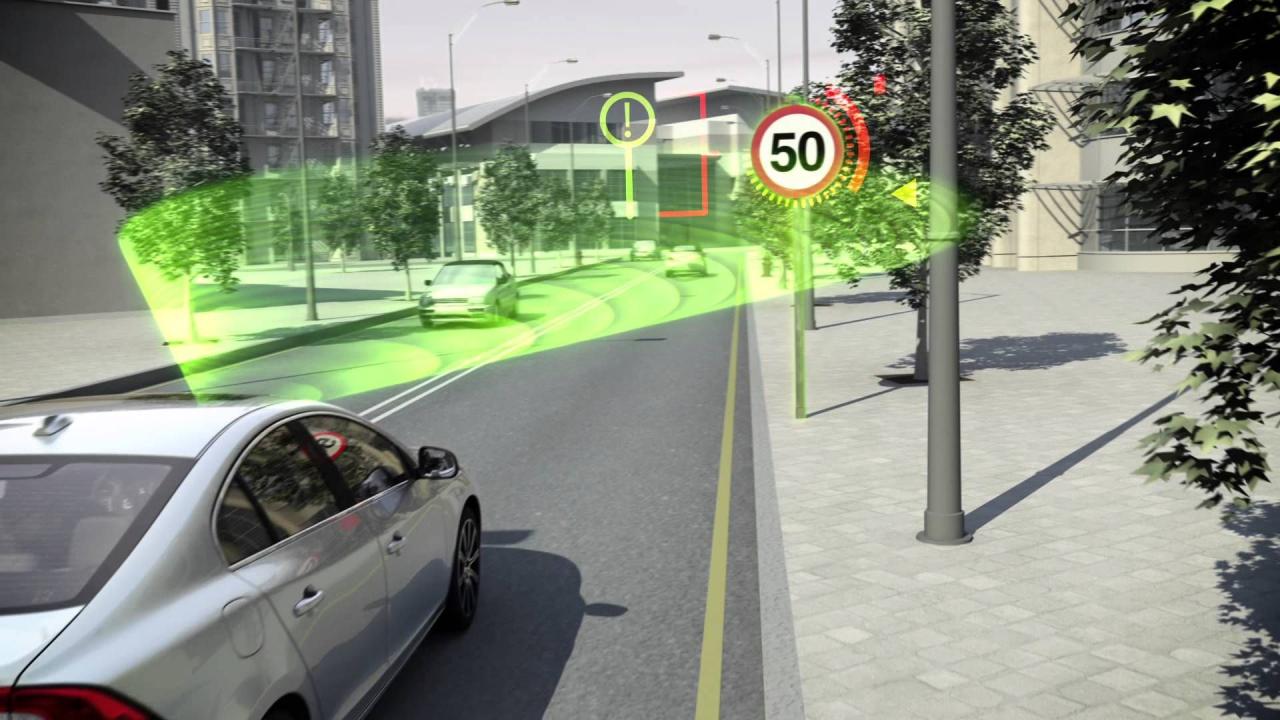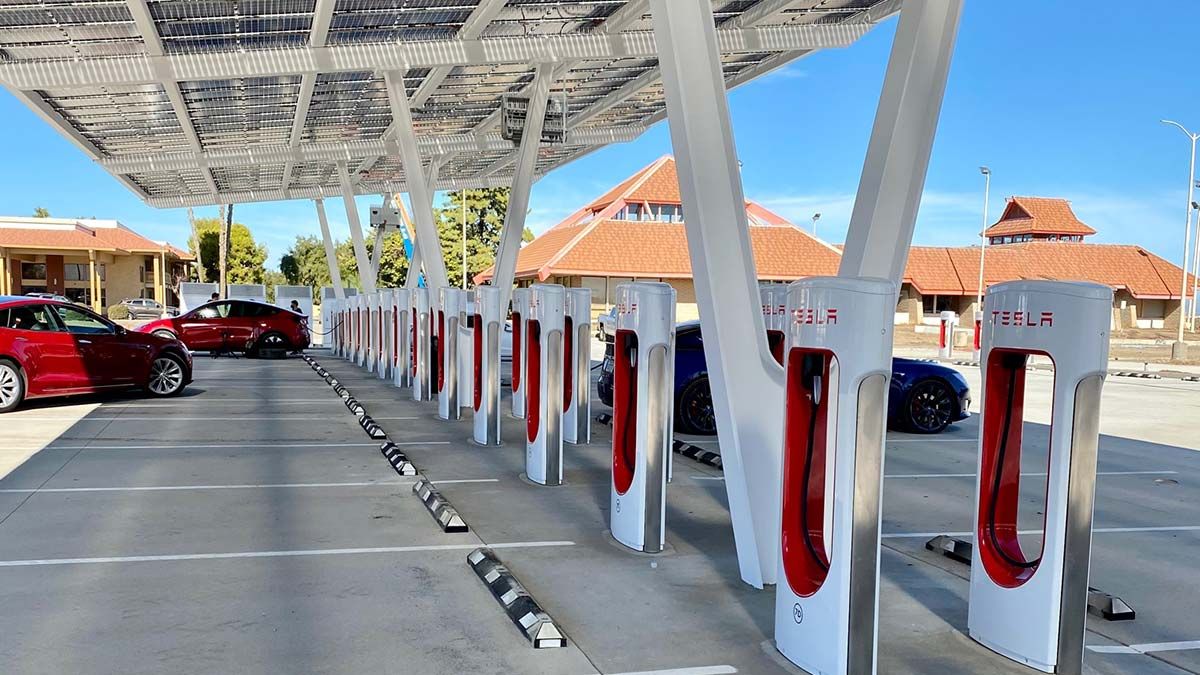The automotive industry is in the midst of its most profound transformation in over a century, driven by the rapid rise of electric vehicles (EVs). What was once a niche market dominated by early adopters has quickly become a mainstream phenomenon, reshaping how we think about transportation, energy, and environmental sustainability. This comprehensive article delves into the multifaceted aspects of this accelerating revolution, exploring the technological advancements, market dynamics, infrastructure developments, environmental implications, and the exciting future that awaits.
The Genesis of Electrification: A Historical Perspective
While modern EVs feel like a recent innovation, the concept of electric propulsion for vehicles dates back to the 19th century. Early electric cars actually predated gasoline-powered vehicles in some respects, offering quieter operation and instant torque. However, limitations in battery technology, range, and the burgeoning infrastructure for fossil fuels ultimately led to their decline. For decades, electric cars remained largely experimental or confined to specific industrial applications.
The resurgence began in the late 20th century, fueled by growing environmental concerns, volatile oil prices, and technological breakthroughs. Pioneering efforts by companies like General Motors with the EV1 in the 1990s, while ultimately short-lived, laid some groundwork. It was the entry of Tesla Motors in the early 2000s, with its audacious vision of high-performance, long-range electric vehicles, that truly ignited the modern EV revolution. Tesla’s success demonstrated that electric cars could be desirable, practical, and technologically superior to their internal combustion engine (ICE) counterparts, shattering long-held perceptions and prompting traditional automakers to take notice.
Technological Pillars Powering the EV Boom
The core of the EV revolution lies in relentless innovation across several critical technological domains. These advancements have addressed previous limitations and made EVs increasingly competitive and appealing.
A. Battery Technology: The Heart of the EV
The most significant strides have been made in battery technology. Lithium-ion batteries, initially popularized in consumer electronics, have been adapted and scaled for automotive use. Key improvements include:
- Increased Energy Density: Modern EV batteries store significantly more energy in a smaller and lighter package, directly translating to longer driving ranges. This has moved EVs from limited urban commuters to viable long-distance travel options.
- Faster Charging Speeds: Advancements in battery chemistry and charging infrastructure (discussed later) enable quicker replenishment of energy, reducing “range anxiety.” Higher power charging stations can now add hundreds of miles of range in minutes, not hours.
- Improved Longevity and Durability: EV batteries are designed to last the lifetime of the vehicle, often exceeding 8-10 years and hundreds of thousands of miles with minimal degradation. Manufacturers typically offer extensive warranties on their battery packs.
- Cost Reduction: Perhaps the most crucial factor, battery pack costs have plummeted dramatically over the past decade. This cost reduction is a primary driver behind the decreasing purchase price of EVs, making them more accessible to a broader consumer base. Continuous research into solid-state batteries, sodium-ion batteries, and other chemistries promises even greater energy density, safety, and lower costs in the future.
B. Electric Motors: Efficiency and Performance
Modern electric motors are remarkably efficient, converting a high percentage of electrical energy into mechanical power. They offer several advantages over ICEs:
- Instant Torque: Unlike gasoline engines that need to rev up, electric motors deliver maximum torque from a standstill, providing exhilarating acceleration. This characteristic contributes to the sporty feel of many EVs.
- Simplified Drivetrain: EVs typically have far fewer moving parts than ICE vehicles, often employing a single-speed transmission. This simplicity reduces manufacturing complexity, lowers maintenance requirements, and improves reliability.
- Compact Size: Electric motors are generally smaller and lighter than equivalent ICEs, allowing for more flexible vehicle packaging, larger passenger compartments, or additional cargo space.
- Regenerative Braking: A key efficiency feature, regenerative braking converts kinetic energy, typically lost as heat during conventional braking, back into electrical energy to recharge the battery. This not only extends range but also reduces wear on friction brakes.
C. Power Electronics and Software: The Brains of the Operation
Sophisticated power electronics manage the flow of electricity between the battery, motor, and charging system. These components are crucial for efficiency, safety, and performance. Beyond hardware, advanced software is the intelligence that orchestrates every aspect of an EV, from battery management and motor control to infotainment and autonomous driving features. Over-the-air (OTA) updates allow manufacturers to continuously improve vehicle performance, add new features, and even fix issues remotely, much like a smartphone.
Market Dynamics: Shifting Tides in Automotive Sales
The global automotive market is experiencing a significant shift towards electrification. While ICE sales still dominate, the growth trajectory of EVs is undeniable and accelerating.
A. Consumer Adoption and Incentives
Consumer acceptance of EVs is growing rapidly, driven by factors such as:
- Environmental Awareness: A significant segment of buyers is motivated by a desire to reduce their carbon footprint and contribute to cleaner air.
- Operating Cost Savings: EVs generally have lower “fuel” costs (electricity is typically cheaper than gasoline per mile) and reduced maintenance expenses due to fewer moving parts.
- Performance and Driving Experience: The instant torque, quiet operation, and smooth acceleration of EVs are compelling selling points for many.
- Government Incentives: Many governments worldwide offer substantial purchase subsidies, tax credits, and other benefits (e.g., free parking, access to HOV lanes) to encourage EV adoption. These incentives play a crucial role in bridging the initial price gap with ICE vehicles.
B. Manufacturer Commitments and Investments
Major automakers, once hesitant, are now pouring billions into EV research, development, and manufacturing. Almost every major car brand has announced ambitious electrification plans, with many committing to phasing out ICE production entirely within the next decade or two.
- Dedicated EV Platforms: Manufacturers are developing bespoke “skateboard” platforms designed specifically for EVs, allowing for optimal battery placement, packaging efficiency, and performance.
- Gigafactories for Battery Production: To secure supply and reduce costs, automakers are investing heavily in or partnering with companies to build massive battery manufacturing facilities (gigafactories) globally.
- Diverse EV Offerings: The market now features a wide array of EV models, from compact city cars and family SUVs to high-performance sports cars and electric pickup trucks, catering to diverse consumer needs and preferences.
C. Supply Chain Challenges
Despite the rapid growth, the EV industry faces supply chain hurdles. The demand for critical raw materials like lithium, cobalt, nickel, and graphite is soaring, leading to concerns about sourcing, ethical mining practices, and price volatility. The global semiconductor shortage has also impacted EV production, highlighting the increasing reliance of modern vehicles on complex electronic components. Addressing these challenges through diversified sourcing, recycling initiatives, and technological innovation is crucial for sustained growth.
Infrastructure Development: Powering the Future
A robust charging infrastructure is paramount for widespread EV adoption. Significant progress is being made, but further expansion and standardization are vital.
A. Home Charging: The Primary Hub
For most EV owners, home charging is the most convenient and common method. A. Level 1 Charging: Uses a standard 120V household outlet, providing a slow trickle charge suitable for overnight charging for low daily mileage. B. Level 2 Charging: Requires a 240V dedicated circuit (similar to a clothes dryer outlet) and offers significantly faster charging, often replenishing a full battery overnight. Many homeowners install Level 2 chargers for daily convenience.
B. Public Charging Networks: On-the-Go Power
Public charging infrastructure is expanding rapidly, comprising various types of chargers: A. Level 2 Public Chargers: Commonly found at workplaces, retail centers, hotels, and public parking lots. These are good for “top-off” charges during daily activities. B. DC Fast Chargers (DCFC): These are the fastest public chargers, capable of adding hundreds of miles of range in 15-30 minutes. They are crucial for long-distance travel and are typically located along highways and major travel corridors. Different standards exist (e.g., CCS, CHAdeMO, NACS), though efforts are underway to standardize or offer multi-standard compatibility.
C. Charging Experience and Interoperability
Improving the public charging experience is critical. This includes: A. Reliability: Ensuring chargers are consistently operational and well-maintained. B. Payment Simplicity: Streamlining payment methods across different networks. C. Location Accessibility: Strategic placement of chargers in convenient and well-lit areas. D. Interoperability: Allowing drivers to use different charging networks with ease, potentially through universal apps or plug-and-play solutions.
Environmental Impact and Sustainability
The primary environmental benefit of EVs is the reduction of tailpipe emissions, particularly in urban areas. This leads to improved air quality and reduced smog.
A. Carbon Footprint: A Holistic View
While EVs produce zero tailpipe emissions, their overall carbon footprint depends on the electricity source used to charge them and the emissions associated with manufacturing.
- Grid Decarbonization: As electricity grids shift towards renewable energy sources (solar, wind, hydro), the “upstream” emissions of EVs decrease significantly. In regions with highly renewable grids, EVs already have a much lower lifetime carbon footprint than comparable ICE vehicles.
- Manufacturing Emissions: The production of EV batteries is energy-intensive. However, advancements in manufacturing processes, increased use of renewable energy in factories, and future battery recycling initiatives are steadily reducing this impact. Lifecycle assessments consistently show that over their lifespan, EVs still produce significantly less greenhouse gas emissions than gasoline cars, even when charged using electricity from fossil-fuel-dominated grids.
B. Resource Management and Recycling
The demand for raw materials like lithium, cobalt, and nickel raises concerns about their extraction. Battery recycling is a critical component of a sustainable EV ecosystem. Developing efficient and economically viable recycling processes for EV batteries will:
- Reduce Reliance on New Mining: Recovering valuable materials from end-of-life batteries lessens the need for virgin resources.
- Minimize Environmental Impact: Prevents hazardous materials from entering landfills and reduces the energy required for producing new materials.
- Create a Circular Economy: Establishes a closed-loop system for battery components, enhancing sustainability.
The Future of Mobility: Beyond the Electric Car
The EV revolution is not just about replacing gasoline cars with electric ones; it’s a catalyst for a broader transformation in mobility.
A. Autonomous Driving
Electric powertrains are inherently well-suited for autonomous driving systems. Their precise electronic control, quiet operation, and ability to generate and store significant electrical power make them ideal platforms for the complex sensors, computers, and actuators required for self-driving technology. The rise of EVs is intrinsically linked to the future of autonomous vehicles (AVs), promising safer, more efficient, and potentially shared transportation.
B. Vehicle-to-Grid (V2G) and Grid Integration
EVs, with their large battery packs, have the potential to become mobile energy storage units. Vehicle-to-Grid (V2G) technology allows EVs to not only draw power from the grid but also feed electricity back into it during peak demand times or to support renewable energy fluctuations. This concept transforms EVs into active participants in the energy grid, enhancing grid stability and accelerating the transition to renewable energy.
C. New Business Models and Services
The shift to EVs is fostering new business models:
- Subscription Services: Instead of owning, consumers might subscribe to a vehicle, gaining access to a fleet of EVs.
- Ride-Hailing and Car-Sharing: Electric fleets are ideal for these services due to lower operating costs and environmental benefits.
- Last-Mile Delivery: Electric vans and smaller vehicles are becoming the norm for urban parcel delivery, reducing noise and pollution.
D. Urban Planning and Smart Cities
The quietness and zero emissions of EVs open possibilities for rethinking urban environments. City centers could become quieter, cleaner, and more pedestrian-friendly. Integrated with smart city technologies, EVs will play a role in optimizing traffic flow, managing parking, and creating a more livable urban landscape.
Challenges and Roadblocks Ahead
Despite the undeniable momentum, the EV revolution faces several challenges that need to be addressed for sustained and equitable growth.
A. Upfront Cost
While dropping, the initial purchase price of many EVs can still be higher than comparable ICE vehicles, especially without incentives. Continued battery cost reductions and economies of scale are crucial for achieving price parity across all segments.
B. Range Anxiety (Perception vs. Reality)
While modern EVs offer substantial range, the psychological “range anxiety” – the fear of running out of charge – persists for some consumers, particularly in areas with limited charging infrastructure. Addressing this requires not only more chargers but also better public education and real-time charging availability information.
C. Charging Speed and Availability
While DC fast charging is improving, the time it takes to fully recharge an EV is still generally longer than refueling a gasoline car. Expanding the network of ultra-fast chargers and ensuring their reliability and accessibility will be vital.
D. Grid Capacity and Upgrades
A massive influx of EVs will place increased demand on electricity grids. Investments in grid modernization, smart charging solutions, and renewable energy generation are necessary to support this growing demand without compromising grid stability.
E. Social and Economic Equity
Ensuring that the benefits of the EV transition are accessible to all segments of society, including lower-income communities, is crucial. This involves equitable deployment of charging infrastructure and thoughtful incentive programs.
Conclusion
The electric car revolution is no longer a distant dream but a tangible reality accelerating at an unprecedented pace. Driven by technological breakthroughs, increasing consumer demand, and strong government and industry commitments, EVs are rapidly transforming the global automotive landscape. While challenges remain, the path towards a cleaner, more sustainable, and technologically advanced future of mobility is irrevocably electric. The coming decades will undoubtedly witness further innovations, widespread adoption, and a fundamental reshaping of how we move, interact with our vehicles, and power our world. The journey is just beginning, and it promises to be electrifying.

